Quick Airline Information:
✈Airline IATA* code: MH
✈Airline ICAO* code: MAS ✈Founded: 1 May 1947 (As Malayan Airlines) ✈Website: www.malaysiaairlines.com✈Alliance: Oneworld✈History
✈Operations and Destinations 🌍
✈Fleet ✈️
✈Photo Slide 📷✈Safety Video 🎬
✈Airline reviews ⭐
*IATA: (International Air Transport Association)
*ICAO: (International Civil Aviation Organization)
History Menu:
During the early years of Malaysian aviation, there were operating services between Singapore, Kuala Lumpur and Penang, provided by Wearne's Air Service. The flights commenced as a thrice weekly flight between Singapore and Penang. The first flight, using an 8-seater de Havilland DH.89A Dragon Rapide took place on 28 June 1937. This inaugural flight departed Singapore from the then brand-new Kallang Airport, which had just opened earlier in the same month on 12 June. Later, a second DH.89A enabled the expansion to daily services as well as the addition of Ipoh as a destination. During World War II, WAS services ceased after the Japanese occupation of Malaya and Singapore in 1941.
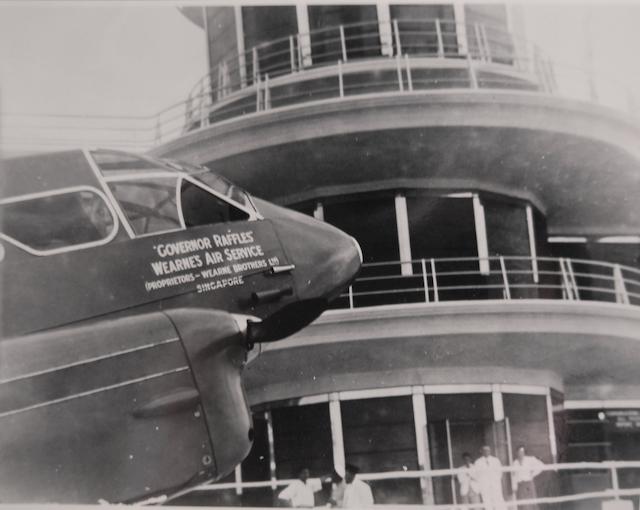
An initiative by the Alfred Holt's Liverpool-based Ocean Steamship Company, in partnership with the Straits Steamship Company and Imperial Airways, resulted in the incorporation of "Malayan Airways Limited" (MAL) in Singapore on 12 October 1937, but the first paying passengers were not welcomed on board until in 1947, some 10 years later. After the war, MAL was restructured to include just the partnership of Straits Steamship and Ocean Steamship. The airline's first flight was a charter flight from the British Straits Settlement of Singapore to Kuala Lumpur, on 2 April 1947, using an Airspeed Consul twin-engined aircraft. This inaugural flight on the "Raja Udang", with only five passengers. Weekly scheduled flights quickly followed from Singapore to Kuala Lumpur, Ipoh and Penang from 1 May 1947 with the same aircraft type.
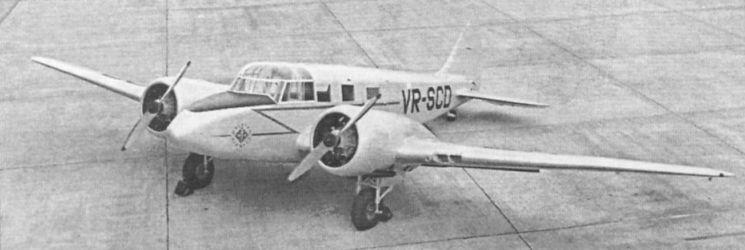
The airline continued to expand during the rest of the 1940s and 1950s, as other British Commonwealth airlines, such as BOAC and Qantas Empire Airways, provided technical assistance, as well as assistance in joining the IATA. By 1955, Malayan Airways' fleet had grown to include a large number of Douglas DC-3s. Other aircraft operated in the first two decades included the Douglas DC-4 Skymaster, the Vickers Viscount, the Lockheed L-1049 Super Constellation, the de Havilland Comet 4 and the Fokker F27.
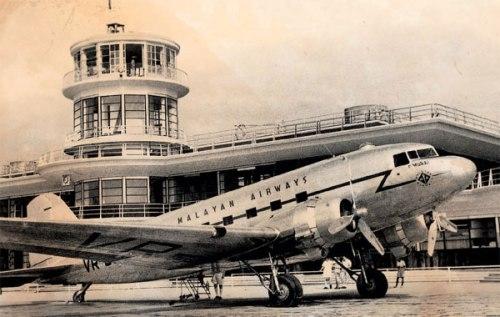
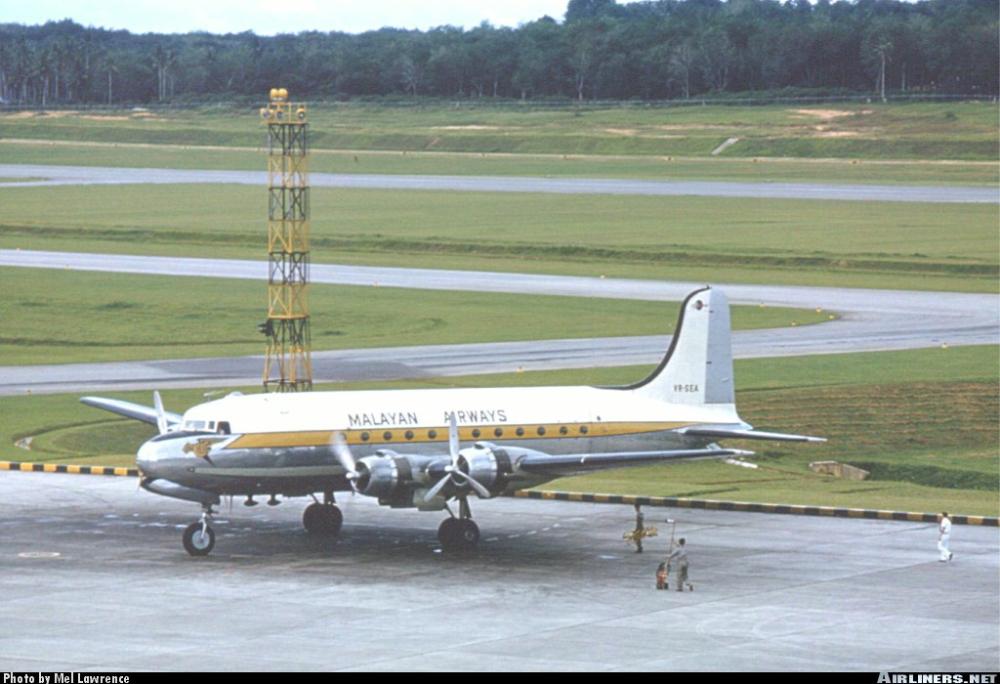
.jpg)
Over the next few years, the airline expanded rapidly, boosted by post-war air travel demand when flying became more than a privilege for the rich and famous. By April 1960, the airline was operating Douglas DC-3s, Super Constellations and Viscounts on new routes from Singapore to Hong Kong, and from Kuala Lumpur to Bangkok via Penang. With the delivery of an 84-seat Bristol Britannia in 1960, the airline launched its first long-haul international flight, to Hong Kong.
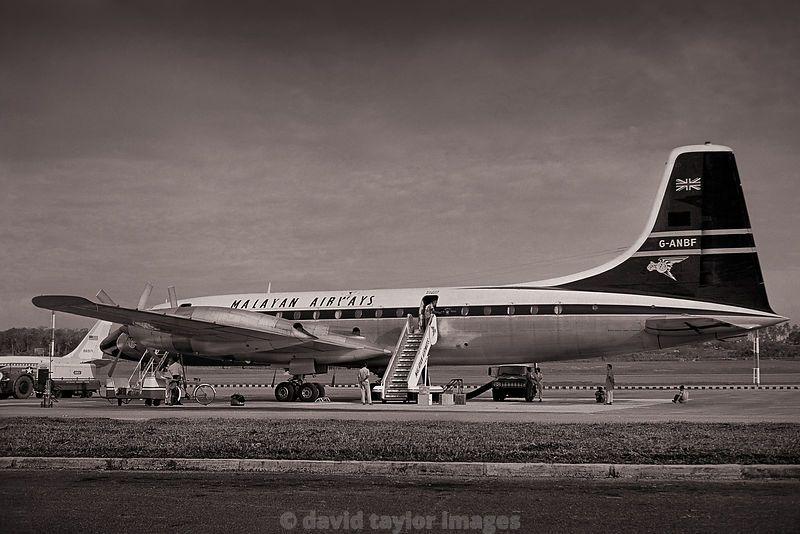
When Malaya, Singapore, Sabah and Sarawak formed the Federation of Malaysia in 1963, the airline's name was changed, from "Malayan Airways" to "Malaysian Airways" (though still abbreviated to MAL). MAL also took over Borneo Airways. In 1966, following Singapore's separation from the federation, the airline's name was changed again, to Malaysia-Singapore Airlines (MSA). The next year saw a rapid expansion in the airline's fleet and routes, including the purchase of MSA's first Boeing aircraft: the Boeing 707s. Boeing 737s were added to the fleet soon afterwards.
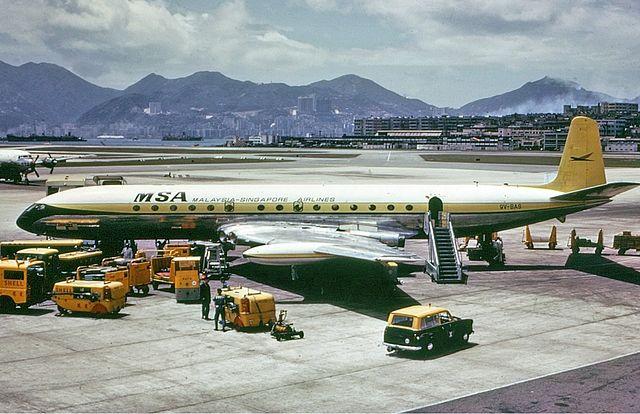

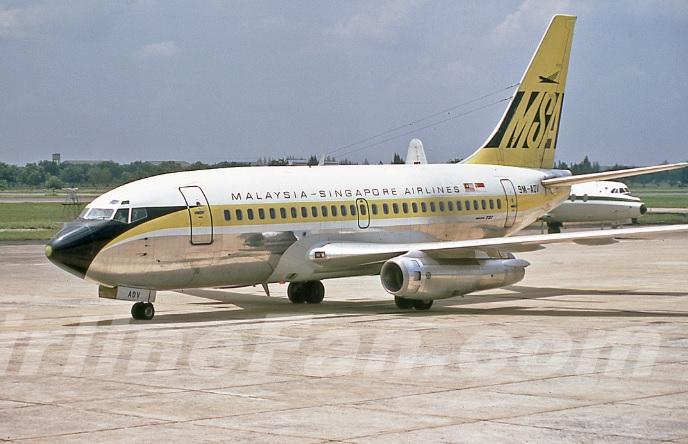
The differing needs of the two shareholders, however, led to the break-up of the airline just 6 years later. The Singapore government preferred to develop the airline's international routes, while the Malaysian government had no choice but to develop the domestic network first before going regional and eventually international. MSA ceased operations in 1972, with its assets split between two new airlines; Malaysian Airline System (MAS), and Singapore Airlines. With the Singapore government determined to develop its airlines' international routes, it took the entire fleet of seven Boeing 707s and five Boeing 737s, which would allow it to continue servicing its regional and long-haul international routes. Since most of MSA's international routes were flown out of Singapore, the majority of international routes were in the hands of Singapore Airlines.
MAS took all domestic routes within Malaysia and international routes out of that country, as well as the remaining fleet of Fokker F27's. It began flights on 1 October 1972 and soon expanded, including introducing flights from Kuala Lumpur to London. In that year, MAS operated flights to more than 34 regional destinations and six international services. In 1976, after receiving its DC-10-30 aircraft, MAS scheduled flights to Europe, with initial flights from Kuala Lumpur to Amsterdam, Paris and Frankfurt.
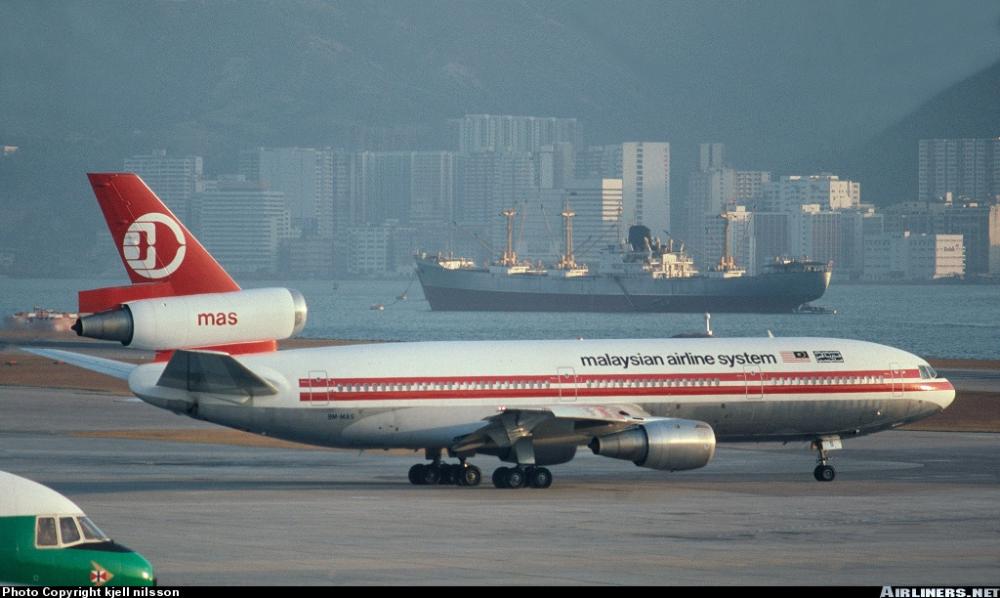
An economic boom in Malaysia during the 1980s spurred growth of MAS. By the end of the decade, MAS was flying to 47 overseas destinations, including eight European destinations, seven Oceanian destinations, and United States destinations of Los Angeles and Honolulu. In 1993, MAS reached South America when the airline received its Boeing 747 aircraft. MAS became the first airline in Southeast Asia to serve South America via its flights to Buenos Aires, Argentina. Malaysia Airlines also flew to Mexico City between 1994 and 1998.
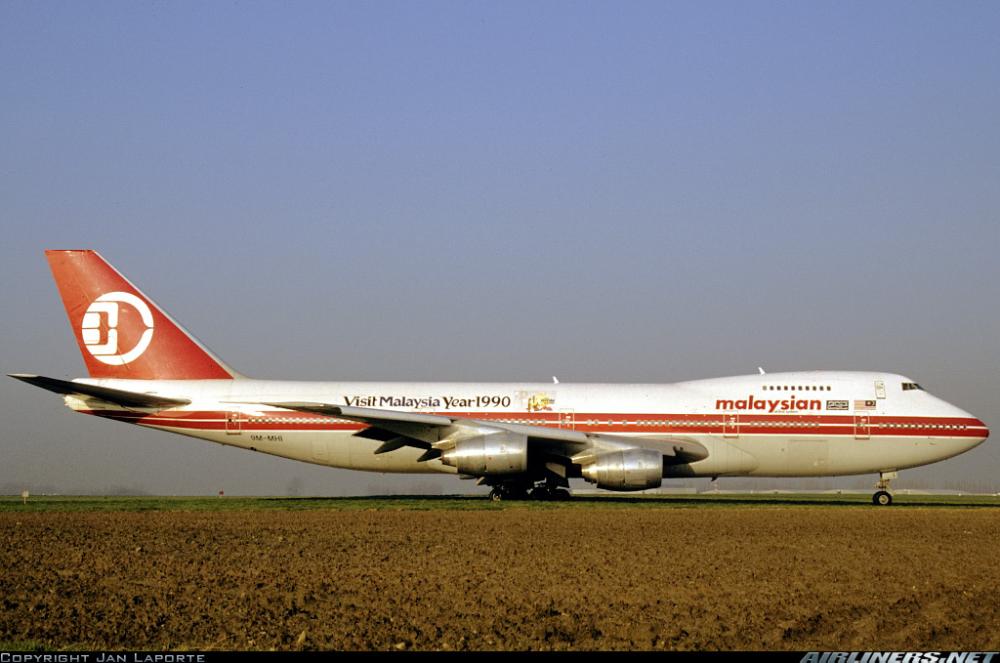
Prior to the Asian Financial Crisis in 1997, the airline suffered losses of as much as RM 260 million. The airline then introduced measures to bring its P&L back into the black. It received new Boeing 777-200 in 1997, which helped to retire older types, such as the DC-10 and B747-200. However, the airline plunged into further losses in the following year. With these losses, the airline cut many unprofitable routes, such as Brussels, Darwin, Madrid, Munich and Vancouver. The airline recovered from its losses the following year, achieving its then-highest profit. The Malaysian government then appointed Idris Jala as the new CEO of MAS on 1 December 2005, to execute changes in operations and corporate culture.
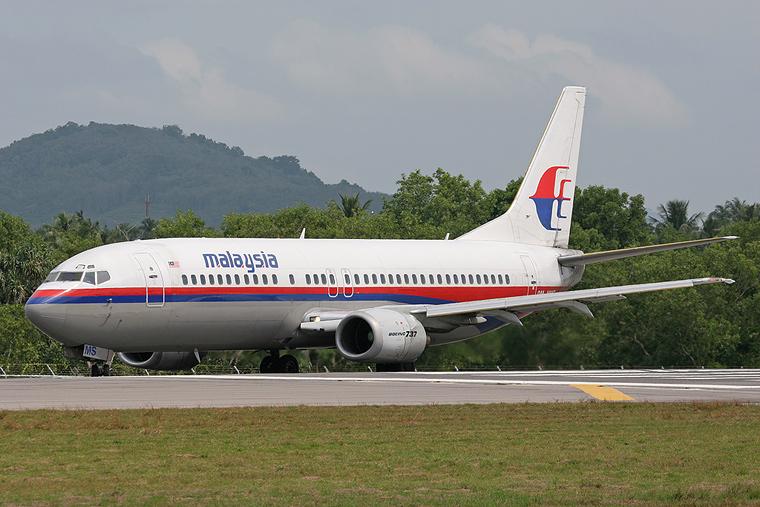
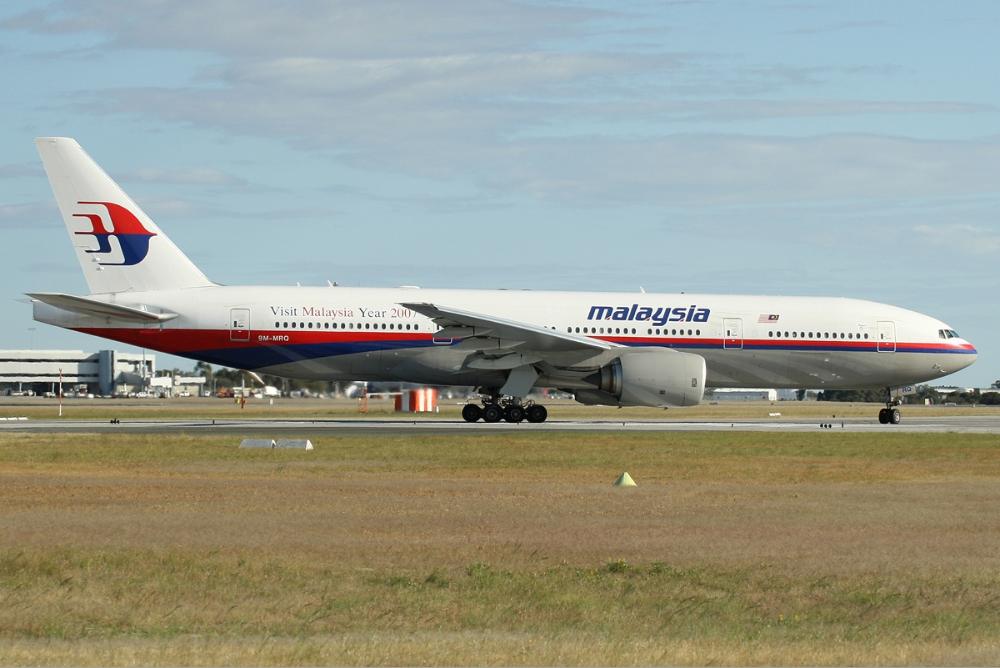
Under the new leadership, MAS launched its Business Turnaround Plan in 2006. Under the various initiatives, launched together with the Business Turnaround Plan, Malaysia Airlines switched from losses to profitability between 2006 and 2007. Apart from that, Malaysia Airlines also rescheduled all of its flight timings and changed its operations model from point-to-point services to hub and spoke services. MAS then pushed for new aircraft purchases, using its cash surplus to eventually purchase new narrow-body aircraft and wide-body aircraft. MAS announced the purchase of 15 new Airbus A330 aircraft, with options for another 10. Expected to be delivered between 2011 and 2016, they were intended to operate on medium-haul routes to eastern Asia, Australia, and the Middle East. The airline also planned to operate the Airbus A380, which were then introduced into service in June 2012, on long-haul routes, the A330s (introduced new version from 2011) on medium-haul routes, and Boeing 737-800 (introduced from 2009) aircraft on short-haul routes.
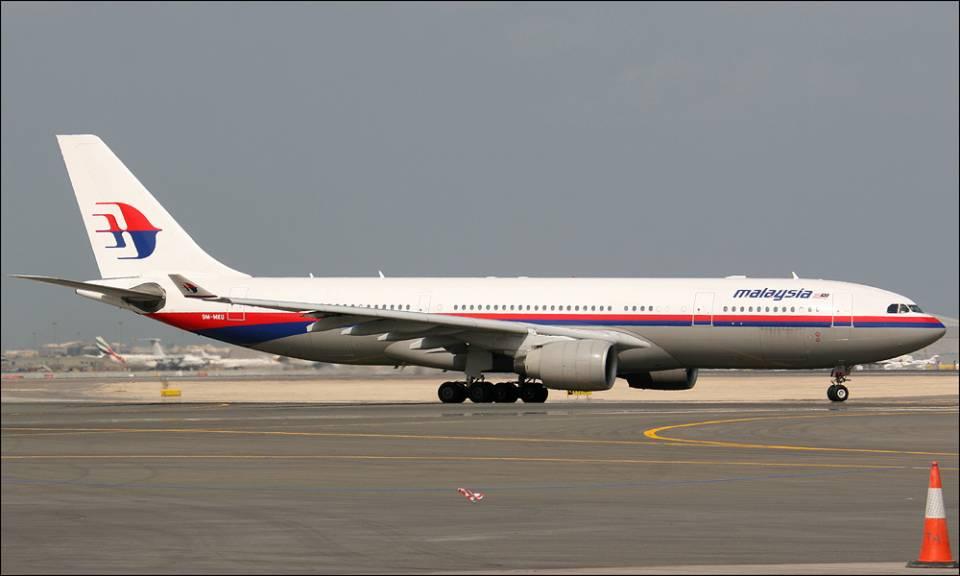
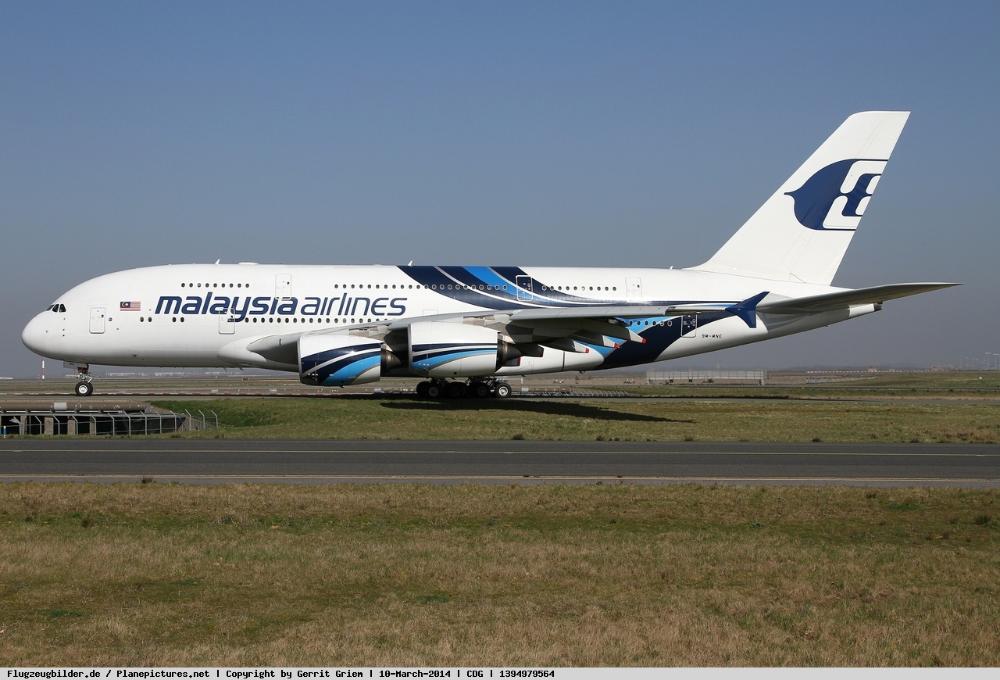
MAS recorded a net loss in 2011, which was the largest in its company history, due to rising fuel costs and mismanagement. A major restructuring saw the appointment of a new CEO, Ahmad Jauhari Yahya, in September 2011. One of the first initiatives to stop the losses was a rationalisation of the network. The company suspended services to Surabaya, Karachi, Dubai, Dammam and Johannesburg. The airline struggled to cut costs in order to compete with a wave of new, low-cost carriers in the region. On 1 February 2013, Malaysia Airlines became a member of the Oneworld alliance.
In 2014, the airline was unfortunate to lose a Boeing 777- 200ER en-route from Kuala Lumpur to Beijing, flight MH370, when it disappeared over the Indian Ocean. Until to this date, the reasons of the crash remain unknown. This created a negative image for the airline and further losses accumulated after the disaster. The company's stock, as a consequence, went down as much as 20% following the disappearance of Flight 370, and after had fallen 80% over the previous five years.
In August 2014, disaster struck again, with the shooting of an air to air missile that mistakenly hit Malaysian Airlines flight MH17 as an enemy fighter jet. The Boeing 777-200 was en-route from Amsterdam to Kuala Lumpur. Media reported that some flights were largely empty and that the airline had slashed prices well below competitors on several key routes to build up customer confidence. On 8 August, trading in the company's stock was temporarily suspended when Khazanah Nasional, the majority shareholder (69.37%) and a Malaysian staterun investment arm, requested that MAS' Board of Directors undertake a selective capital reduction exercise. On 29 August, Khazanah released a report, Rebuilding a National Icon: The MAS Recovery Plan, which outlines their plan for the restructuring of MAS and the process of completing the takeover.
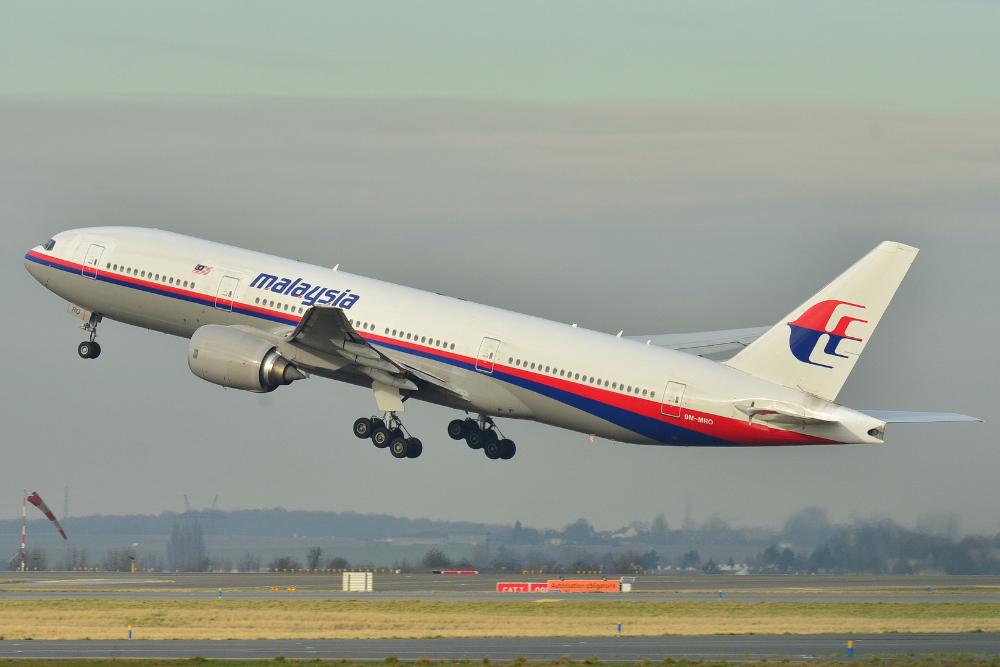
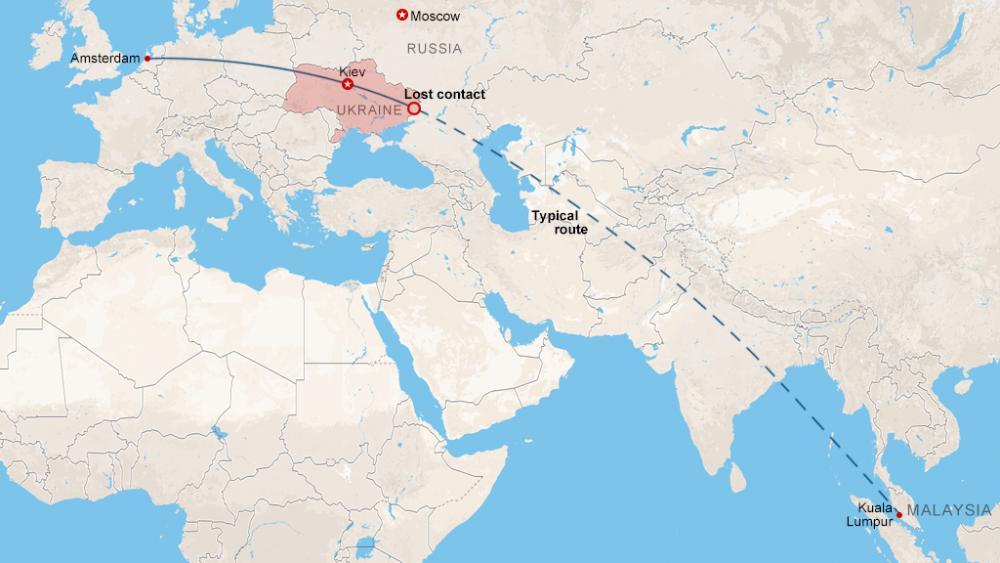
In May 2015, it was announced that the airline will be transferred to a newly founded "Malaysia Airlines Berhad" (MAB) by 1 September 2015, with rebranding of the airline also commencing that day. The new company would see a heavily reduced workforce and adjusted route network with focus on Asia. Also Malaysia Airlines would put some of its Airbus A380s up for sale. Four months later, MAB announced that they will add four new Airbus A350-900, added at the end of 2017 and throughout 2018. The airline also expects to add two more A350-900s as well as two Airbus A330-900neo aircraft in the upcoming future.
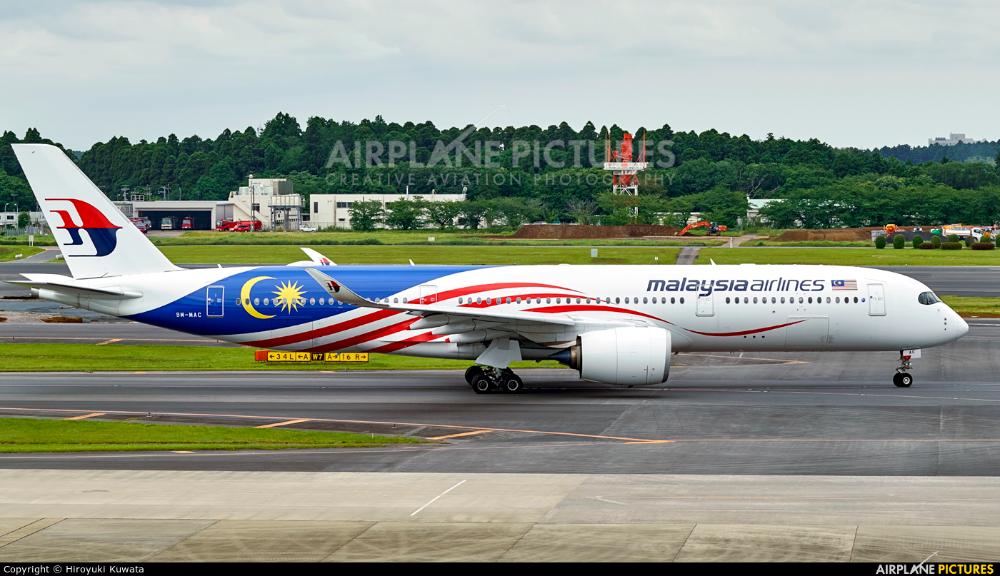
MAB then announced that it is set to undergo a brand overhaul involving a new name, logo and livery for its aircraft. In April 2017, Malaysia Airlines announced that the airline's entire fleet will be tracked with the satellite flight tracking system. Deliveries of the Boeing 737 Max-8 aircraft on order, are now on hold following the review of Boeing for this airliner type. They were intended to replace some of the Boeing 737-800s currently in service from 2020, now that is delayed until further notice.
Despite the rough times the airline has gone through in the last decade, now it's set for a bright future. It's legendary hospitality service and friendliness of its staff is always been one of the highlights of Malaysia Airlines, being amongst the top 10 airlines in service and professionalism around the world. set for a bright future. It's legendary hospitality service and friendliness of its staff is always been one of the highlights of Malaysia Airlines, being amongst the top 10 airlines in service and professionalism around the world.
Source: Wikipedia + Malaysia Airlines
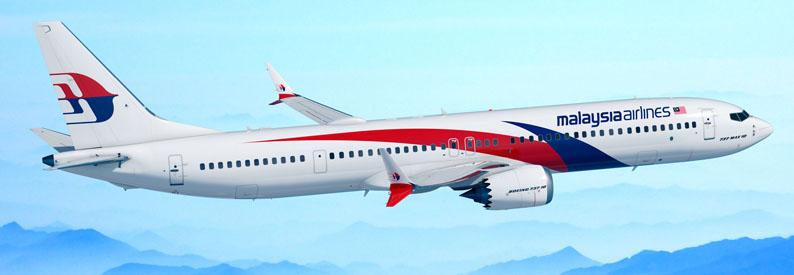
Operations and Destinations 🌍:
Malaysia Airlines has it's hub located in Kuala Lumpur International Airport (KLIA) from where it flies all it's direct services.It also has a big presence at Penang, the second largest city. Domestically it flies to 16 destinations including the popular holiday resort of Lang Kawi. The airline has significantly reduced capacity and routes since it's restructuring plan in 2006 when it would fly to 114 worldwide. Now that figure has reduced to 57 as of 2017, with room for expansion as the economic climates improves and new planes arrive. The airline is part of the OneWorld alliance, and has several agreements to reach many more destinations with a transit stop. In addition due to the high number of pilgrims and workers abroad it has flights to Saudi Arabia and the United Arab Emirates, which it operates in code-share with Emirates and KLM Royal Dutch Airlines.
The airline flies to the following destinations*:
| Region 🗺️ | Destinations 🌍🌎🌏 |
|---|---|
| ✈Malaysia (domestic) | Alor Setar, Bintulu, Johor Bahru, Kota Bharu, Kota Kinabalu, Kuala Lumpur, Kuala Terengganu, Kuantan, Kuching, Labuan, Langkawi, Miri, Penang, Sandakan, Sibu, Tawau |
| ✈Asia | Bandar Seri Begawan, Bangalore, Bangkok, Beijing, Chennai, Chongqing, Colombo, Delhi, Denpasar-Bali, Dhaka, Fuzhou, Guangzhou, Haikou, Hangzhou, Hanoi, Ho Chi Minh City, Hong Kong, Hyderabad, Jakarta, Kathmandu, Manila, Medan, Mumbai, Nanjing, Osaka, Phnom Penh, Phuket, Seoul, Seoul, Shanghai, Siem Reap, Singapore, Surabaya, Taipei, Tianjin, Tokyo, Wuhan, Xiamen, Yangon |
| ✈Europe | London |
| ✈Australia and New Zealand | Adelaide, Brisbane, Melbourne, Perth, Sydney, Auckland |
| ✈The Middle East | Jeddah |
*Destination list is for reference only. Please check directly with the airline for updates.
*Note some destinations are only seasonal.*Correct info as of Oct 2019.
Fleet ✈️:
The airline has gone through an extensive modernization programme to bring up to date it's fleet and introduce new technologies, like aircraft GPS detection systems and WIFI for its passengers. The fleet now is standardized around the Boeing 737-800 for its short haul flights and the Airbus planes for longer sectors. It has new aircraft types on oder such as the Airbus A350-900, which has already entered service, and the Boeing 737 Max series which is expected to join once its certification has been reinstated.
Its also worth to note, that the airline operates regional aircraft under its subsidiary airline Firefly with ATR-72-500 and MASwings with ATR-72-500 and Viking DHC-6 Twin Otters.
The fleet* operated by Malaysia Airlines consists of the following aircraft:
| Network 🌐 | Aircraft ✈️ |
|---|---|
| ✈Short and Medium Haul | Boeing 737-800 (Boeing 737 Max-8/10 on hold), Airbus A330-200/300 |
| ✈Long Haul | Airbus A350-900, A380-800 and selected routes on A330-200 |
*Correct fleet info as of Oct 2019.
Malaysia Airlines Photo Slide 📷:
Malaysia Airlines Safety Video (A350-900) 🎬:
Reviews ⭐:
 |  |
|---|---|
| ✅ Legendary Excellent Service and Hospitality by the Airline's Cabin crew. | 👎 Limited route network to Europe (only London) |
| ✅ Meals and drinks are included on all international flights for free. | 👎 No flights to America |
| ✅ Generous baggage Allowance. (included on all flights). | |
| ✅Competitive prices and times. | |
| ✅ Good connections from Europe (London) to Australia and New Zealand. | |
| ✅Free online Check-in and seat selection | |
| ✅Comfortable seating | |
| ✅ Wide Choice of TV entertainment options on demand (International Flights) | |
| ✅Member of the Oneworld Alliance for millage redemption. |













.png)